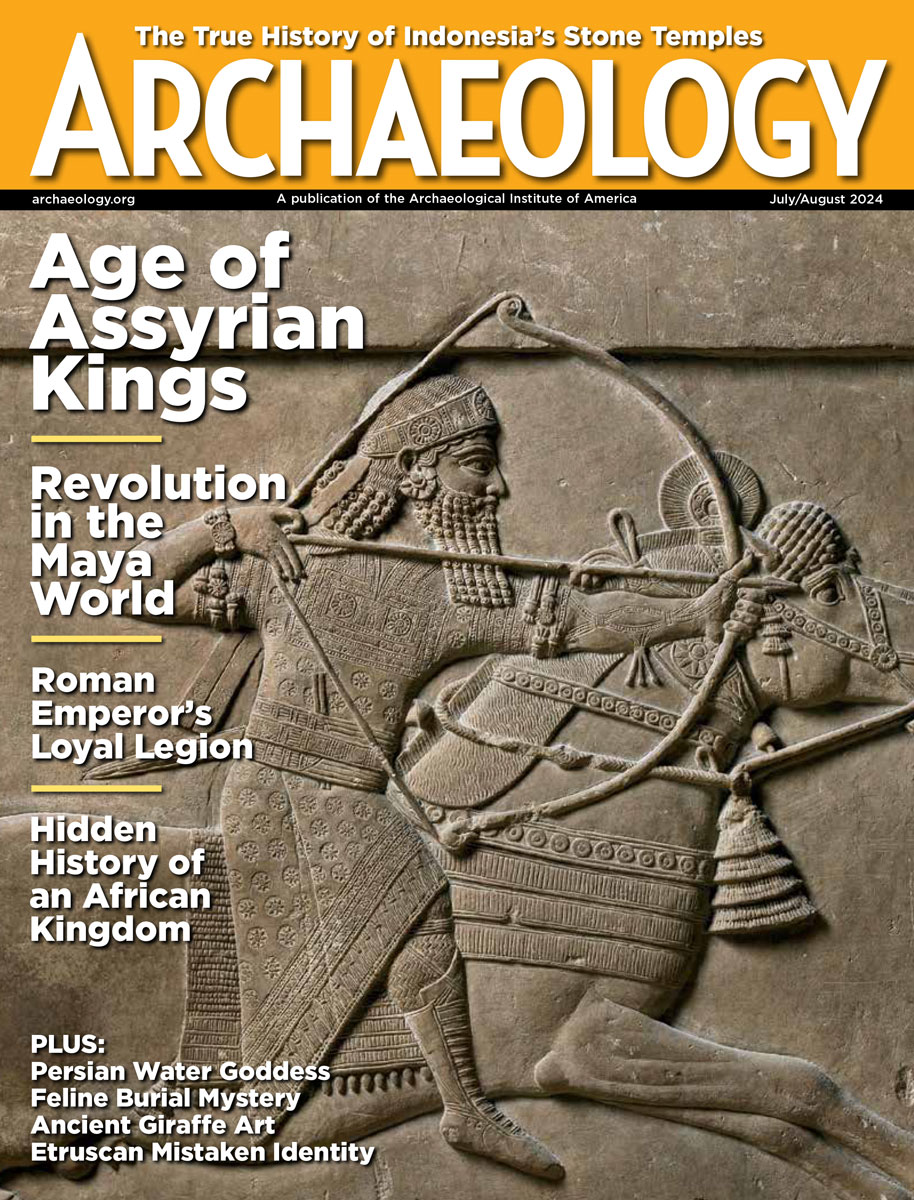Friday, January 9
January 9, 2009
North America was populated by migrants traveling by both land and sea, according to a new genetic study published in Current Biology. A team led by population geneticist Antonio Torroni of the University of Pavia suggests that two genetically separate groups, who spoke different languages, left Beringia at about the same time by different routes.
Europeans probably colonized Ireland in 3700 B.C., where they built rectangular houses, planted wheat and barley, and made flint tools and pottery for nearly 100 years. Then their settlements were mysteriously abandoned. Â
The designation of sites on the Aleutian Islands of Attu, Kiska, and Ataka as part of the new World War II Valor in the Pacific National Monument means that the U.S. Fish and Wildlife Service will be able to develop a management plan for the Japanese camp, the crash site of a B-24D Liberator, and the site of the only World War II land battle fought in North America. “Unlike World War II sites anywhere else in the world, no one else lives on these islands. Everything is still in place, nothing has been cleaned or altered,” said archaeologist Debbie Corbett. Â
Thirty-one test pits were dug at the site of a new sports training center at the University of California, Berkeley. No evidence of prehistoric American Indian artifacts or human remains was found. Protesters had staged a tree-sit at the site, arguing that it is an ancient burial ground. Â
In Clayton County, Georgia, family members and civil rights organizations are trying to halt the move of 311 African-American graves, including those of some slaves, by a developer.  Â
Mexico may encourage its gum aficionados to chew chicle, the resin of the Sapodilla tree chewed by the ancient Maya to clean their teeth. Modern, synthetic gum is building up on the newly-restored public areas of historic Mexico City. Â
Here’s some more information on the discovery of the HM colonial schooner Mermaid. “The anchor is significant. You wouldn’t have usually found this, but the coral and the sand have helped to preserve what is left,” said maritime archaeologist Kieran Hosty of the Australian Maritime Museum.
- Comments Off on Friday, January 9









